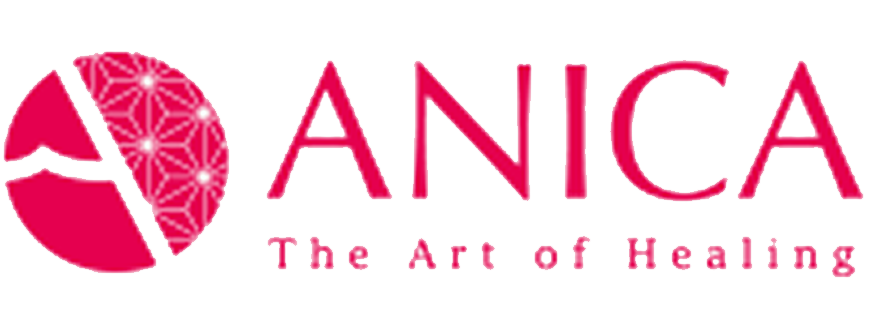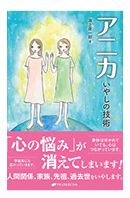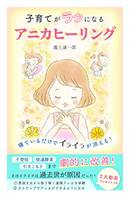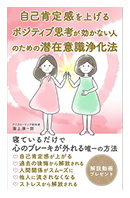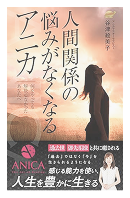“Meditation for Two”
Healing thateases the heart
アニカって何?
What is Anica?
Anica is a healing method in which two people meditate together to uncover and release negative emotions—like trauma—that remain hidden in the subconscious mind.
Inspired by Vipassana meditation, the Buddhist practice that later gave rise to mindfulness meditation, Anica was developed by Koichiro Takigami.

The power of meditation, recognized by science
Recent brain research has clearly shown that mindfulness meditation helps reduce stress and anxiety. For example:
- It calms the activity of the amygdala, which is linked to fear and anger.
- It activates the prefrontal cortex, which controls emotions.
- It balances stress hormones.
However, mindfulness meditation—essentially training the mind to stay in the “present moment” without being caught up in past memories—does not completely erase deeply repressed emotions such as trauma.
Meditation practiced alone often cannot reach the subconscious where these negative feelings remain.
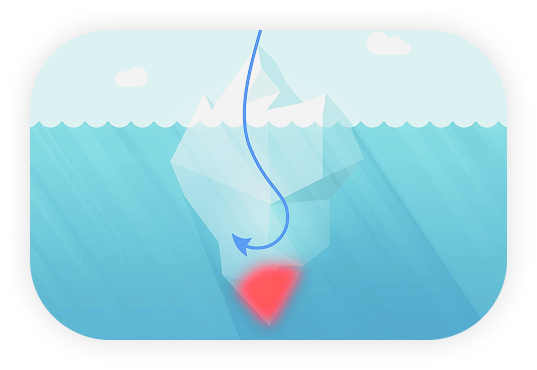
Seeing the heart from another’s perspective
Within all of us lies the subconscious, a hidden part of the mind we are unaware of. Painful memories or unwanted emotions remain stored there, often leading to present-day irritability, anxiety, or relationship problems.
Trying to face these feelings alone is very difficult, because the mind resists: “I don’t want to see this!” Forcing yourself to remember can even increase anxiety or cause physical distress.
In a sense, the subconscious functions as a protective mechanism, shielding us from harsh realities.
This is why the idea arose: what if we had a companion who meditates with us, helping us face these hidden emotions? This became the foundation of Anica—meditation for two.

Resonating brains, deeper meditation
Studies show that when multiple people meditate together, their brain activity (brain waves) resonate with one another (see: Inter-brain co-activations during mindfulness meditation). Surprisingly, this resonance also occurs through remote communication such as Zoom.
In face-to-face Anica sessions, the therapist places a hand on the client’s body while meditating. The client’s brain waves synchronize with the therapist’s, leading them into deep meditation together.
Through this guided resonance, past traumas—previously inaccessible in solo meditation—can be approached. Having a therapist who feels together with the client also creates a safe environment to face trauma.
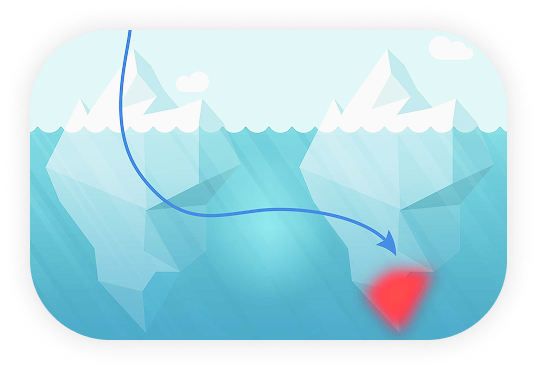

Beyond empathy: Somatic resonance
In Anica, it is not only meditating together. The therapist’s body resonates with the client’s unconscious emotions and bodily sensations. This is more than empathy—it is a connection at the bodily level.
By perceiving the client’s unresolved emotions and memories as their own bodily sensations, the therapist initiates a process of healing.
Through this resonance, negative emotions rise to awareness—even if the client falls asleep during the session. Light sleep (REM sleep) actually heightens parasympathetic activity and weakens everyday conscious thought, making it easier for subconscious memories to surface.

Dissolving negative emotions through resonance and empathy
Sometimes, simply becoming aware of hidden emotions makes them dissolve. But in most cases, awareness alone is not enough.
In Anica, the therapist uses their own resonant sensations as a guide to receive, understand, and empathize with the client’s feelings. This allows those emotions to gently unravel.
This is not empathy through words, but a wordless, bodily-level experience of being deeply “felt.”

As these unrecognized negative emotions dissolve, the client’s heart naturally settles, and the daily problems they caused also disappear. When large burdens vanish, dramatic life changes—often described in client testimonials—can occur.
This is the mechanism of Anica.
Experiences of those who received Anica
Here are some real voices from clients:

A woman with depression for over 10 years quit medication and found employment within 6 months.

A man who was socially withdrawn returned to society in 5 months.

A mother’s irritability during child-rearing disappeared within 3 months, bringing peace to her home.

A truant child was able to return to school after just one session.

A reversed day-night lifestyle shifted back to mornings after one session.

A client lost 12kg after only one session.

A divorced couple reconciled and remarried within a year.
Such changes occurred because Anica helped erase deeply rooted negative emotions in the subconscious.

Who is Anica for?
Unlike energy-based healing, Anica focuses on meditation with two people, helping clients notice the root causes of their inner difficulties.
It requires a strong will: not to rely on someone else to “fix” you, but to face the parts of yourself you’d rather avoid—even with the help of another’s perspective. Unless you confront and accept whatever arises, the problem cannot truly be resolved.
It may sound strict, but it is precisely this level of commitment that allows such profound results.
Of course, experienced therapists support the process—so you don’t have to do it alone.

Testimonial from Master Therapist Emiko Yatsu
Emiko Yatsu, a master therapist who resolved her own issues through Anica, says:
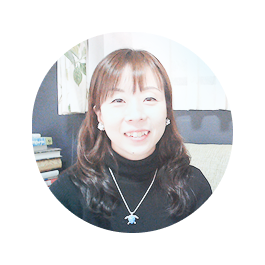
Conclusion: Anica as “Evolved Meditation”
Anica does not rely on psychic abilities or special powers. It is a safe, repeatable healing method that harnesses the innate human capacity for empathy.
It combines four key elements:
- Meditation proven effective by science
- Introduction of another’s perspective into meditation
- Brain resonance through meditating together
- Dissolution of negative emotions through empathy
Together, these make Anica an “evolved meditation.”
That is what Anica is.
なぜアニカを始めたのか?
Why Did I Start Anica?
Tension and Unease in My Family
The reason I, Koichiro Takigami, began working on issues of the mind lies in the family environment in which I grew up.
My mother and grandmother did not get along well, and ever since I was a child, there was a heavy, unpleasant atmosphere at home.
My father lost his own father at a young age and said he couldn’t even remember his father’s face. He was raised by his mother alone, and after he married, he found himself caught between his mother and his wife. I believe he suffered greatly in that position.
Like my father, I was also an only child. With no siblings, I was highly sensitive to the moods of the adults around me, constantly tense even within my own family.

Living in Constant Tension
Perhaps I was overly sensitive, but from my elementary school years I suffered chronic stomach problems that persisted well into adulthood.
Even as a child, I wondered: Why can’t my family get along? I remember often thinking in grade school how much I wanted to escape that uncomfortable household as soon as possible.
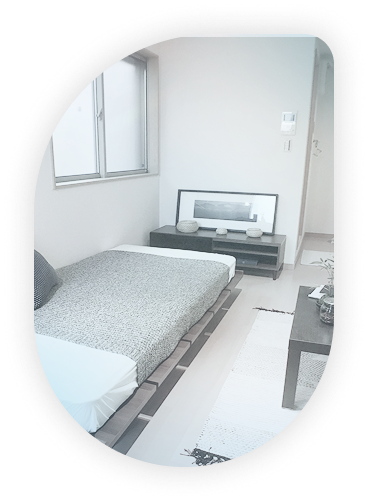
Hoping a Change of Environment Would Help…
After graduating from university and starting work, I finally left home and began living alone. But leaving my family did not erase the impact of growing up in that environment. I still struggled with human relationships.
My main difficulty was that I simply could not relax around other people. For example, when traveling with friends, I could not sleep if someone was lying next to me. It felt as if my antennae were always raised. Only when I returned home and was alone could I finally relax.
At the same time, I carried a deep anger inside me, never knowing when it might explode. Yet people around me had no idea of this inner turmoil. They could not understand the suffering of being unseen or the tension I constantly carried.
As a result, my relationships followed the same painful pattern: I would endure and endure, only to eventually explode in anger.

Seeking a Fundamental Solution
To resolve these issues, I tried many approaches: yoga, qigong, meditation, various psychological methods from abroad.
Some offered temporary relief, but nothing seemed to reach the root of my problems.
The struggle continued.


The Light I Found in Vipassana Meditation
Finally, in the autumn of 2011, I attended a Vipassana meditation retreat, a practice of early Buddhism. There, I grasped a hint toward fundamental resolution.
That experience became the seed of what I now call Anica. In a sense, I had been wrestling with the same problems for over 50 years.

If Only I Had Encountered Anica Earlier…
Now, at 65, I often think: If I had discovered Anica in my 30s, my life would have been entirely different.
Struggles in human relationships affect every aspect of life.
I might have done better in my work, built a family when I was young, had children and grandchildren, and lived happily with them.
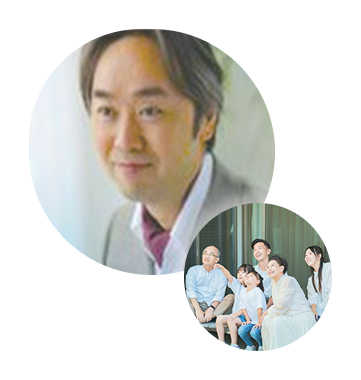
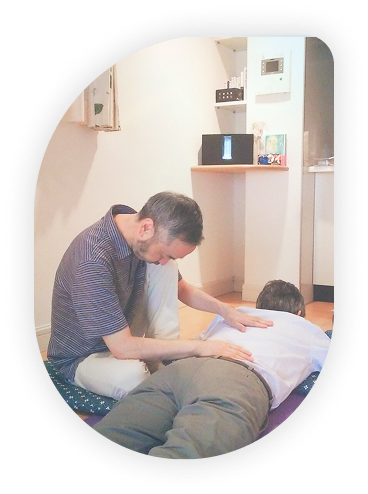
Quality of Life Begins with Peace of Mind
But is it too late in one’s 60s? I don’t think so. In today’s world, where people live to 100, life is long. When we look ahead to the next 20 or 30 years, what matters most is the quality of life—and that begins with peace of mind.
Sometimes I work with business leaders of fairly large companies. From the outside, they appear successful and happy. Yet many are burdened with unresolved family issues, or suffer inwardly from anxiety, anger, loneliness, and sorrow.
In the end, since none of us live alone, improving our relationships with those closest to us—our family—is the surest path to inner peace.
Even for those without a partner now, I believe wholeheartedly that once the inner issues of the heart are resolved, it is always possible to find a loving partner in the future.
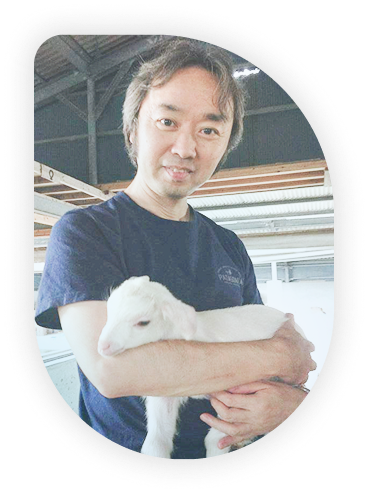

Helping Transform Lives Through Anica
Whether the issue is relationships or money, at its root it is always a problem of the heart. No matter how great the suffering, I believe that with the right approach, it is possible to eliminate these problems at their core.
When reality refuses to change no matter what you do, and then suddenly shifts dramatically in an unexpected, positive direction after practicing Anica—that, to me, is the proof.
Through Anica, I wish to help you make your life better.
— Koichiro Takigami
アニカセラピスト紹介
Anica Therapist Profiles
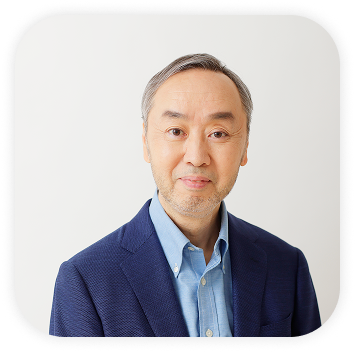
Koichiro Takigami
(Founder of Anica)
Born in Tokyo, 1960
From childhood, Koichiro struggled with human relationships and controlling his emotions. Even after studying yoga, qigong, and various psychotherapies as an adult, his struggles continued. In the autumn of 2011, he attended a Vipassana meditation retreat—the Buddhist practice that later inspired mindfulness meditation. That experience led him to develop his own healing approach.
When he saw both his own and others’ mental struggles dissolve through this method, he named it Anica and began offering sessions. Anica, which involves touching the body and healing through meditation, spread by word of mouth. In 2015 he held a workshop in Paris, France, which was met with high praise.
In 2016, he published Anica: The Art of Healing with Natural Spirit Publishing, further increasing recognition of its effectiveness. Later that year, in October, he opened a salon in Tsukiji, Tokyo, to provide sessions to more people. To date, he has worked with over 3,000 clients and continues to share healing with many.
Career Highlights
Career Highlights
- After university, worked in French and English translation
- Transitioned to software development during the second AI boom, contributing to expert systems designed to model human intelligence
- Founded Lunatec Ltd. at age 30, developed translation support systems, and secured a direct contract with Rover (UK), later handling manuals for Rolls-Royce, Bentley, and Ferrari
- In 2011, after attending a Vipassana retreat, devised a method for releasing negative imprints in the subconscious, launching his practice under the name Anica
Vision
Vision
- Create families where harmony allows children to feel safe and secure
- Foster a mindset that enables people to live this life freely and authentically
Social Media
Social Media
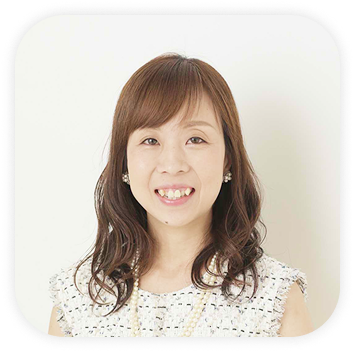
Emiko Yatsu(Anica Master Therapist)
After working as a full-time homemaker, Emiko obtained certification as an industrial counselor. A mother of three, she balanced raising children with counseling work, listening closely to her clients’ struggles.
At the same time, she was burdened by her own pain: unresolved family issues, uncontrollable anger while raising children, and challenges in her partnership.
When she sank into postpartum depression and felt hopeless, she encountered Anica. As she continued practicing, her own struggles began to resolve. Motivated by a desire to help others who wished to face themselves and live authentically, she began working as an Anica therapist in 2015.
Today, as a Master Therapist, she has conducted more than 1,500 sessions over 10 years and also trains new Anica therapists. She continues to support people in healing emotional wounds and reclaiming their true selves. She is also a single mother.
Client Voices
 A.Y. (Aichi Prefecture)
A.Y. (Aichi Prefecture)Emi explains things kindly yet directly. Her clarity changes your world when you accept it. She also has a way of seeing straight through to the heart. A truly warm person.



Through Emi’s readings, I discovered the roots of my troubles. Problems that had never been resolved by anything else began to ease with Anica, as the root causes were processed. My reality gradually changed for the better. Emi gives clear, timely, and spot-on advice. My life keeps improving. Please experience her reading at least once.



Her readings point out issues we ourselves don’t notice and give precise advice. She has been a life advisor to me. If you are facing challenges in life, Emi’s reading will give you valuable hints for resolution.
アニカの受け方
How to Receive Anica
You can apply for an Anica session via email or through our official LINE account.
We will reply within two business days to arrange the date and time of your session.
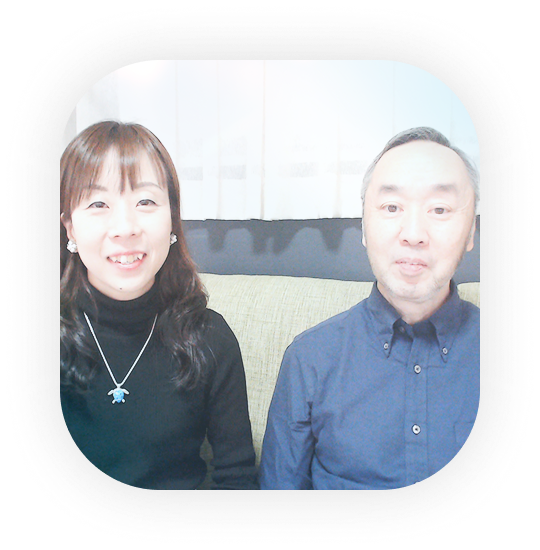

STEP
Receive Your Zoom Link
We will send you a Zoom link for the session. At the scheduled time, please join via Zoom.
STEP
Share Your Concerns & Experience Remote Anica
You will begin by sharing your concerns. During the session, you will receive several 10-minute segments of Remote Anica.
STEP
Relax and Simply Feel
While receiving Remote Anica, relax and notice what you feel. You may lie down if you prefer.
STEP
Share and Reflect
Afterward, you will share your experience, and the therapist will also share what they perceived.
STEP
Closing the Session (60 minutes)
The session concludes after 60 minutes.
STEP
Follow-up Report
In the following days, the therapist will send you a written summary of the session via email or LINE.
STEP
One-Week Support via Official LINE
You will also receive one week of follow-up support through our official LINE account.
会社概要
Company Profile
| Company Name | Lunatec Co., Ltd. |
| Address | N&E BLD. 7F, 1-12-4 Ginza, Chuo-ku, Tokyo 104-0061, Japan |
| President & CEO | Koichiro Takigami |
| Established | March 5, 1991 |
| info@anica-healing.co.jp | |
| Website | https://www.anica-healing.co.jp |


